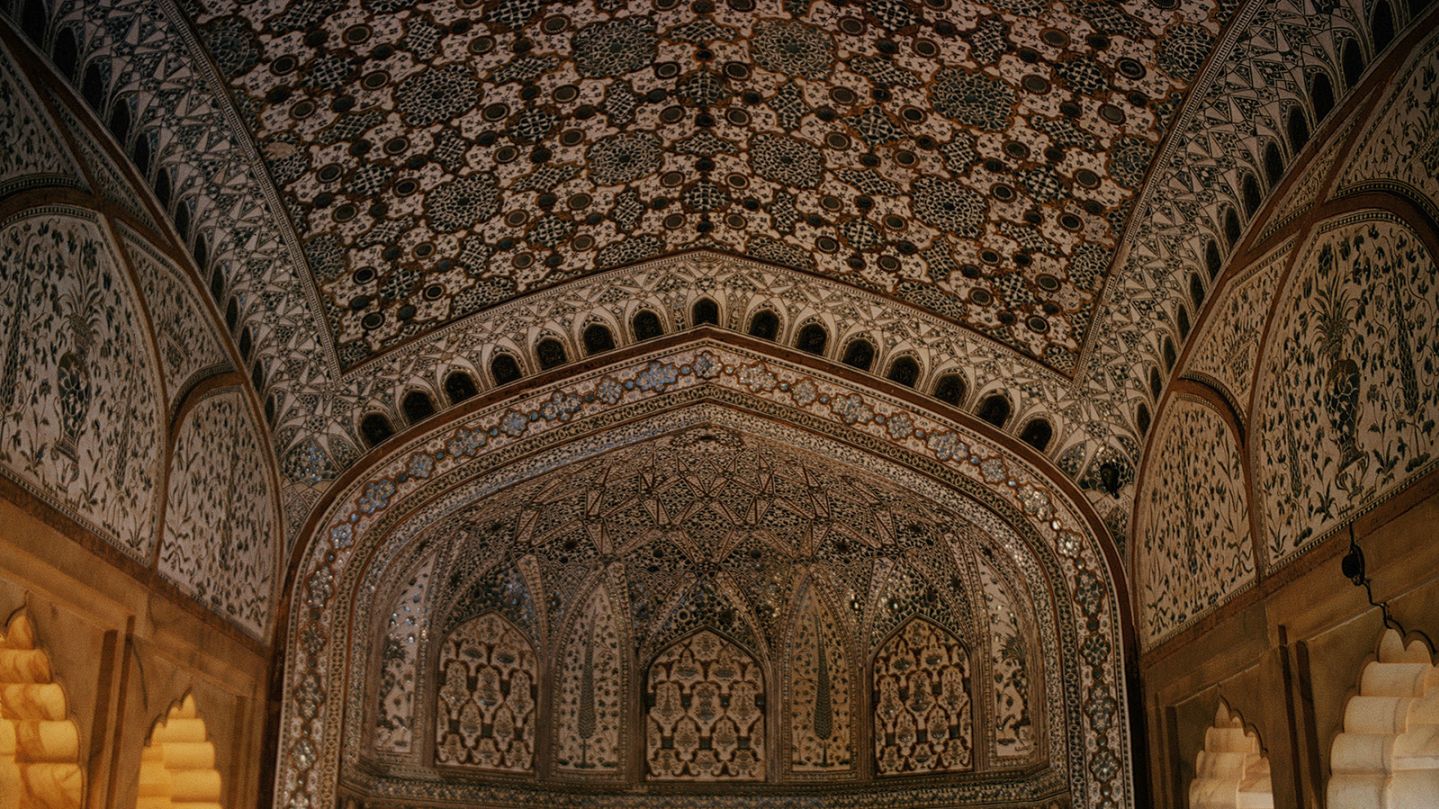Editor’s Note: Alisha Haridasani was born in 1989, and lived in Jodhpur before leaving India for Hong Kong, where she continued to watch Bollywood films. She is currently an associate features producer for CNN in Hong Kong.
Story highlights
Bollywood holds up a mirror to Indian society, connecting with millions across the subcontinent, says Haridasani
Today, it is beginning to reflect social changes, portraying homosexuality, political corruption and women in the workplace
My relationship with Bollywood started before I was even born.
In the late 1980s, my mum and dad fell in love in an era when arranged marriages were the rule, and love and romance were seen as irrelevant. Their families were outraged by the scandalous affair.
My parents were forced to stay away from each other, curfews were installed and their movements were scrutinized.
At around this time, the film “Qayamat Se Qayamat Tak” (From Infinity to Infinity) was released, about a couple madly in love but torn apart due to familial feuds – portraying the very real idea that marriage was – as in many cases it still is – more of a family affair rather than a bond between two people.
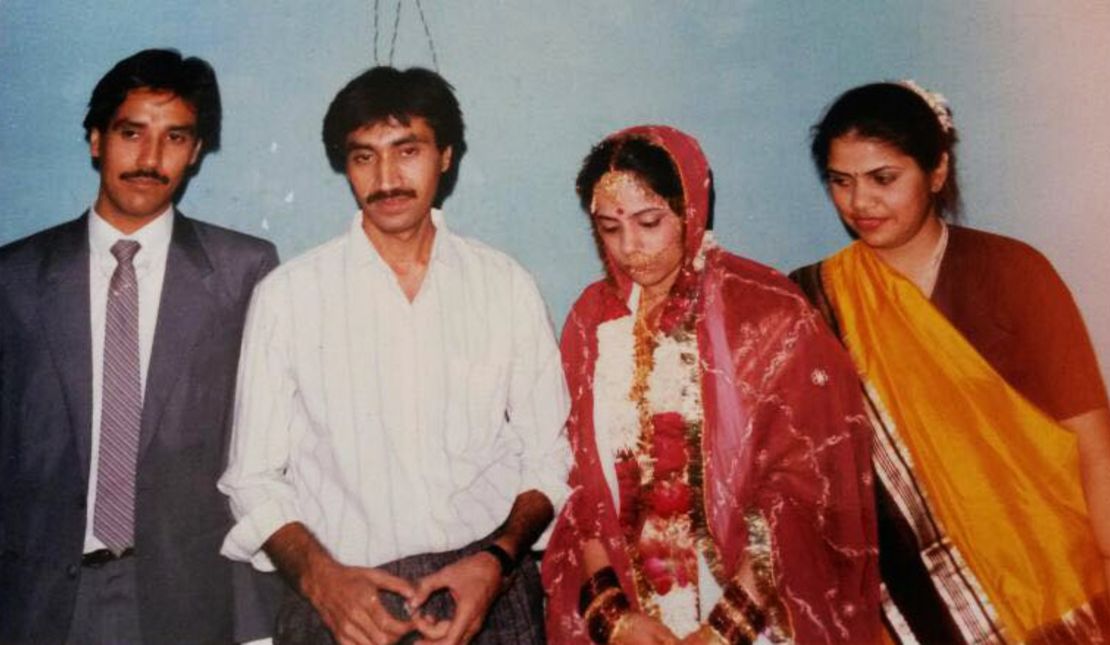
In the end, both my parents and the couple in the film lived happily ever after. Perhaps one catalyzed the other?
Fast forward to 1995: my family was just beginning to settle into their new home in Hong Kong. They were getting used to drastically different cultural values and sweeping changes.
That was the time when the films “Dilwale Dulhania Le Jayenge” (The Brave Lover Will Take the Bride) and “Kuch Kuch Hota Hai” (Something Happens) were released. Both were remarkable blockbusters about young, cheeky college kids in love.
In the former, the main hindrance was the girl’s traditional family. But by 1995, asking for the girl’s hand in marriage was far less daunting than my parents’ era. In the latter, family plays a very minor role in the plot. Times had changed.
Both movies were considered cosmopolitan at the time, and both were set, for the most part, in foreign lands, with liberal, modern ideals.
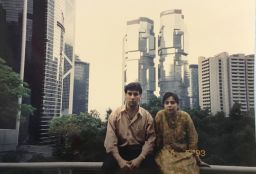
They reflected the bigger picture of change in India: people were beginning to travel farther and move out of their extended family’s homes. People were starting to flirt with the idea of love marriages, and the youth was determined to carve out their own future.
When I turned 16, I knew I wanted to get into journalism. My relatively modern parents supported the idea but my extended family couldn’t understand it. They viewed my decision as the capricious whim of a naïve teenager and would have been more impressed if I had chosen something more stable, like medicine or accounting.
Thankfully, two films came to my rescue: “Taare Zameen Par” (Stars on Earth), a heart-wrenching story about a child stigmatized for his dyslexia despite his remarkable artistic talents, and the internationally acclaimed “3 Idiots”, a comedy about three engineering students who didn’t want to be engineering students.
Both films challenged the widely held notions in India that students of traditional subjects were the clever ones destined for “bright futures” and that artistic talent and diversity were hardly valuable. They were also a rude awakening to the unhealthy pressures placed on children in India’s creaking, old education system.
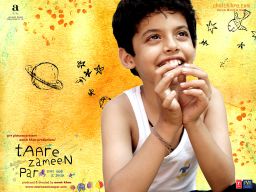
But my life is not extraordinary.
Every other Indian can map their lives out in Bollywood films, because that’s the nature of the industry.
While Hollywood tries to release imaginative films that challenge boundaries and provoke, such as Avatar, Inception, the Twilight series, the Batman series, the James Bond series, Roman Holiday and so on, Bollywood plays with the zeitgeist.
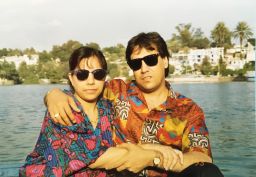
Bollywood acts like a mirror, picking up on paradigm shifts through the portrayal of the typical average Joe stories in any given era, and that’s what gives the industry such mass appeal across the subcontinent – the audience can always relate.
Times are changing
Today, Bollywood is coming of age. It’s starting to look beyond clichéd love stories to explore more complex phenomena in a nation that is diversifying and establishing itself as a modern, secular, successful economy.
Women no longer play coy, submissive sitting ducks. Instead, they have ambitions and independent personalities. Homosexuality is starting to appear in films, such as “Dostana” (Friendly), although not in a serious way. Religion is being challenged. Political corruption revealed. The structure of family is changing, too.
Some things will never change, though. A female lead in Bollywood still needs a male counterpart. We love happy endings and look for them in every film. And the singing and dancing will not disappear soon.
For 100 years, the industry has shared a cherished relationship with the population of India. The two have inspired each other and grown together.
Just like a married couple.
